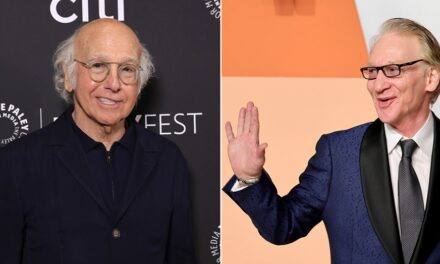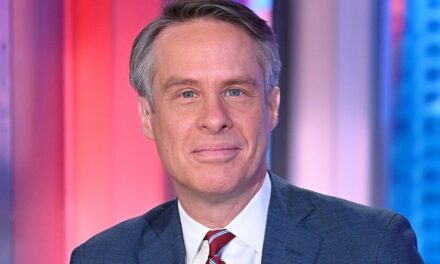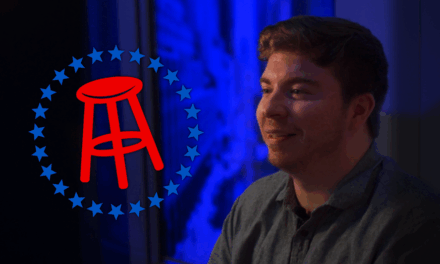It has now been 64 days since Vice President Kamala Harris was nominated as the Democratic candidate, yet she has not conducted a formal press conference. As one of the key figures within the current administration, this prolonged absence from a structured media interaction has sparked considerable curiosity and, in some circles, skepticism.
Vice President Harris’s schedule has undoubtedly been packed with numerous high-level meetings, overseas diplomatic travels, and critical policy discussions. However, the fact that she has yet to stand before a room full of reporters and answer their questions in a traditional press conference setting is raising eyebrows across the political spectrum.
Her absence from a formal press engagement becomes more interesting when contrasted with her predecessors. Historically, Vice Presidents have utilized the conference podium as an opportunity to articulate the administration’s stance on impactful issues and to connect more directly with the American public. This deviation from tradition is being closely scrutinized by political analysts and the media alike.
Critics argue that the lack of a formal press conference underscores a potential hesitancy within the administration to expose her to unfiltered questions or perhaps to overburden a still-developing narrative around her vice-presidential agenda. Some suggest that Harris’s advisors might be strategically biding their time, ensuring that when she eventually does hold a press conference, it will be on their terms, under optimal conditions.
Supporters of the Vice President, however, point out that Harris has been actively engaging with the public through various other formats. From televised interviews, participation in town halls, to impromptu Q&A sessions during her visits to various states, Harris has not been entirely shielded from media interaction. They argue that these formats provide a more controlled environment conducive to meaningful dialogue, rather than the often chaotic and adversarial nature of press conferences.
The digital age has also redefined how political figures communicate. Social media platforms, live streams, and virtual discussions are now integral parts of political engagement. Vice President Harris has been leveraging these modern tools to share her views and policies on pressing matters such as immigration, healthcare, and the economy.
The White House, for its part, has not made any formal statement regarding Harris’s absence from the traditional press conference format. This silence has only fueled further speculation about underlying strategies and potential impacts on public perceptions.
Regardless of one’s stance, it is evident that Vice President Harris’s approach to media relations diverges from the established norm. As days progress, both critics and supporters will be keeping a close watch to see when and how she chooses to undertake this significant aspect of her vice-presidential role.































